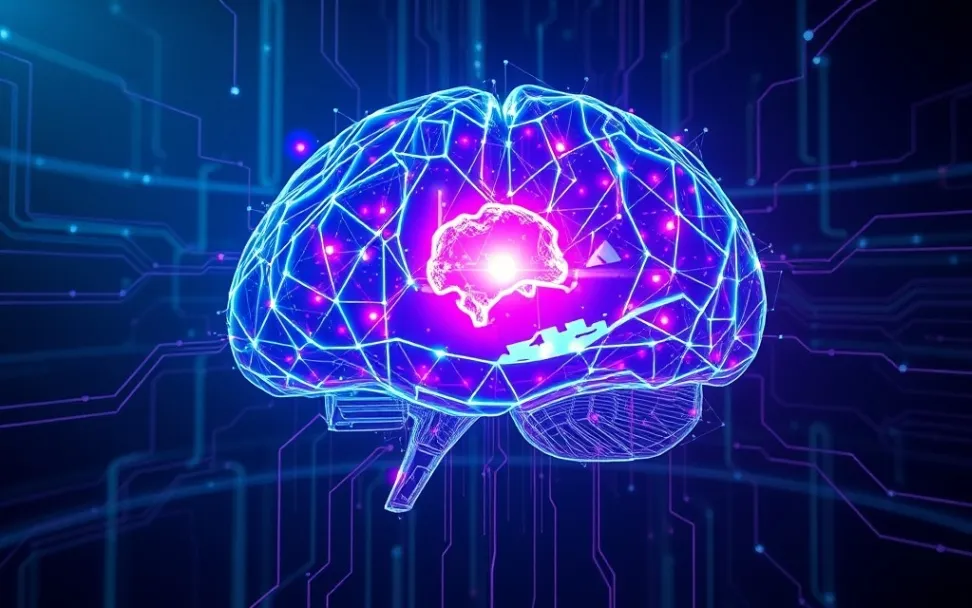
2025-01-01T04:00:00+00:00
In the dynamic world of artificial intelligence (AI), mastering communication is the key to unlocking successful development and deployment. As AI becomes a cornerstone across various industries, the demand for clear, concise, and collaborative communication within AI teams is more critical than ever. This article delves into the essential principles and practices for mastering communication in AI development, ensuring teams work efficiently and ethically.
AI development is laden with complex concepts and technical jargon. It's crucial to communicate with clarity and precision to ensure all team members grasp project goals, methodologies, and outcomes. Clarity minimizes misunderstandings and aligns efforts, ultimately driving project success.
Transparency isn't just about team cohesion; it's vital for building trust with stakeholders and end-users. Openly communicating AI system capabilities, limitations, and decision-making processes fosters trust and acceptance, paving the way for smoother implementation.
Diverse teams bring a wealth of perspectives that can spark innovation and help mitigate biases in AI systems. Encouraging inclusive communication ensures every voice is heard and considered, enriching the development process and the final product.
Defining clear roles and responsibilities within AI teams promotes accountability. When everyone understands their contributions and their impact on the project, it enhances collaboration and ethical decision-making.
Frequent meetings and updates keep everyone informed about project progress and potential hurdles. This proactive approach helps identify issues early, allowing for timely interventions and solutions.
Utilizing project management software and communication platforms streamlines workflows and facilitates real-time interaction among team members, regardless of their location. This technological integration is essential for maintaining seamless communication.
Thorough documentation of processes, decisions, and outcomes is invaluable. It aids in knowledge sharing, serves as a reference for future projects, and is crucial for audits and accountability.
Feedback loops encourage continuous improvement within AI teams. Constructive feedback helps refine processes and enhances the overall quality of AI systems, fostering a culture of growth and innovation.
Translating complex technical terms into layman's language aids non-technical stakeholders in understanding AI projects, fostering broader support and collaboration.
Addressing ethical considerations, such as bias mitigation and transparency, ensures AI systems align with societal values. Encouraging collaboration between AI developers and experts from fields like ethics, law, and social sciences enriches the development process and promotes responsible AI deployment.
Collaboration is the heartbeat of successful AI development. By cultivating an environment where open and effective communication thrives, organizations can fully harness AI's potential. This collaborative spirit not only boosts project outcomes but also ensures AI systems are developed with ethical integrity.
As AI continues to shape our future, mastering effective communication in AI development will distinguish successful teams. By adhering to the principles and practices outlined here, AI teams can enhance collaboration, drive innovation, and contribute to the ethical advancement of AI technologies. How will you integrate these communication strategies into your AI projects? Share your thoughts or experiences and consider exploring further resources to deepen your understanding of communication excellence in AI development.